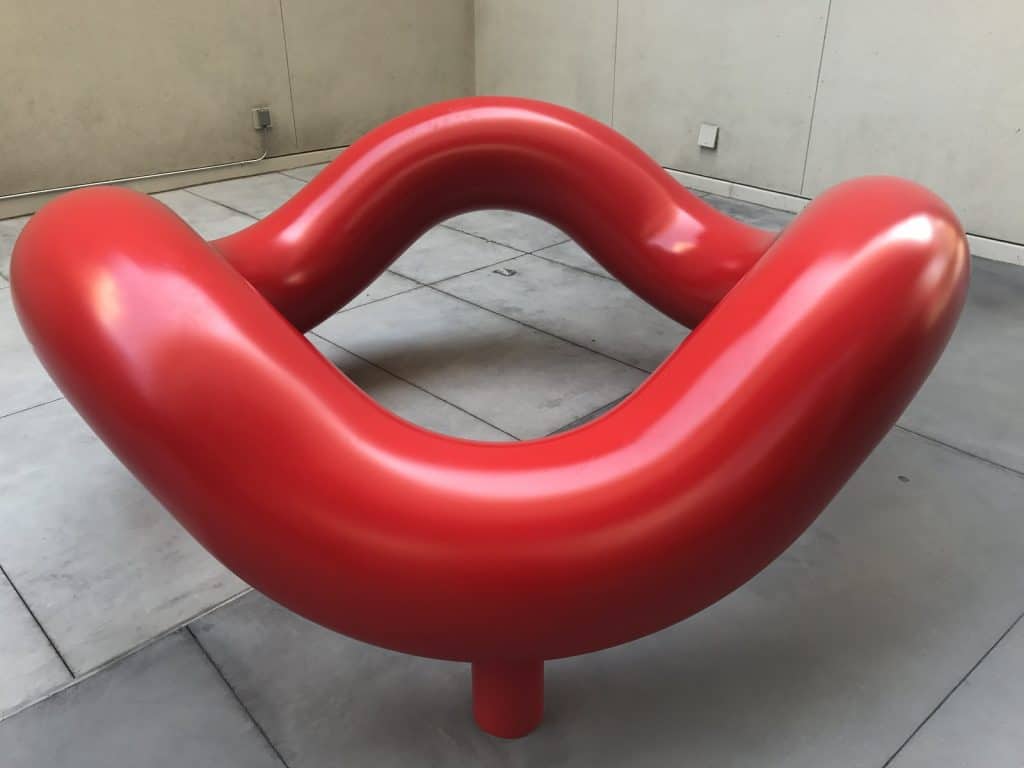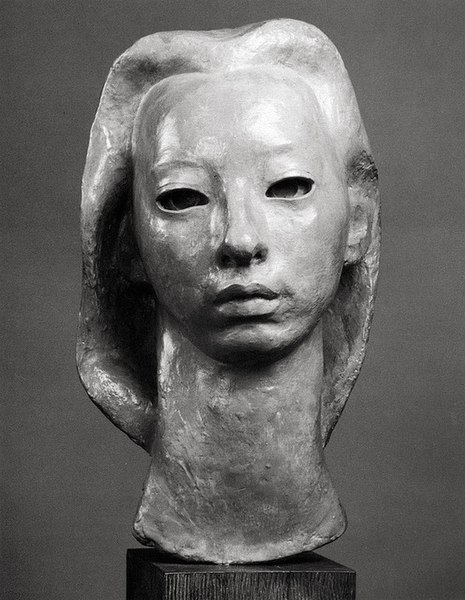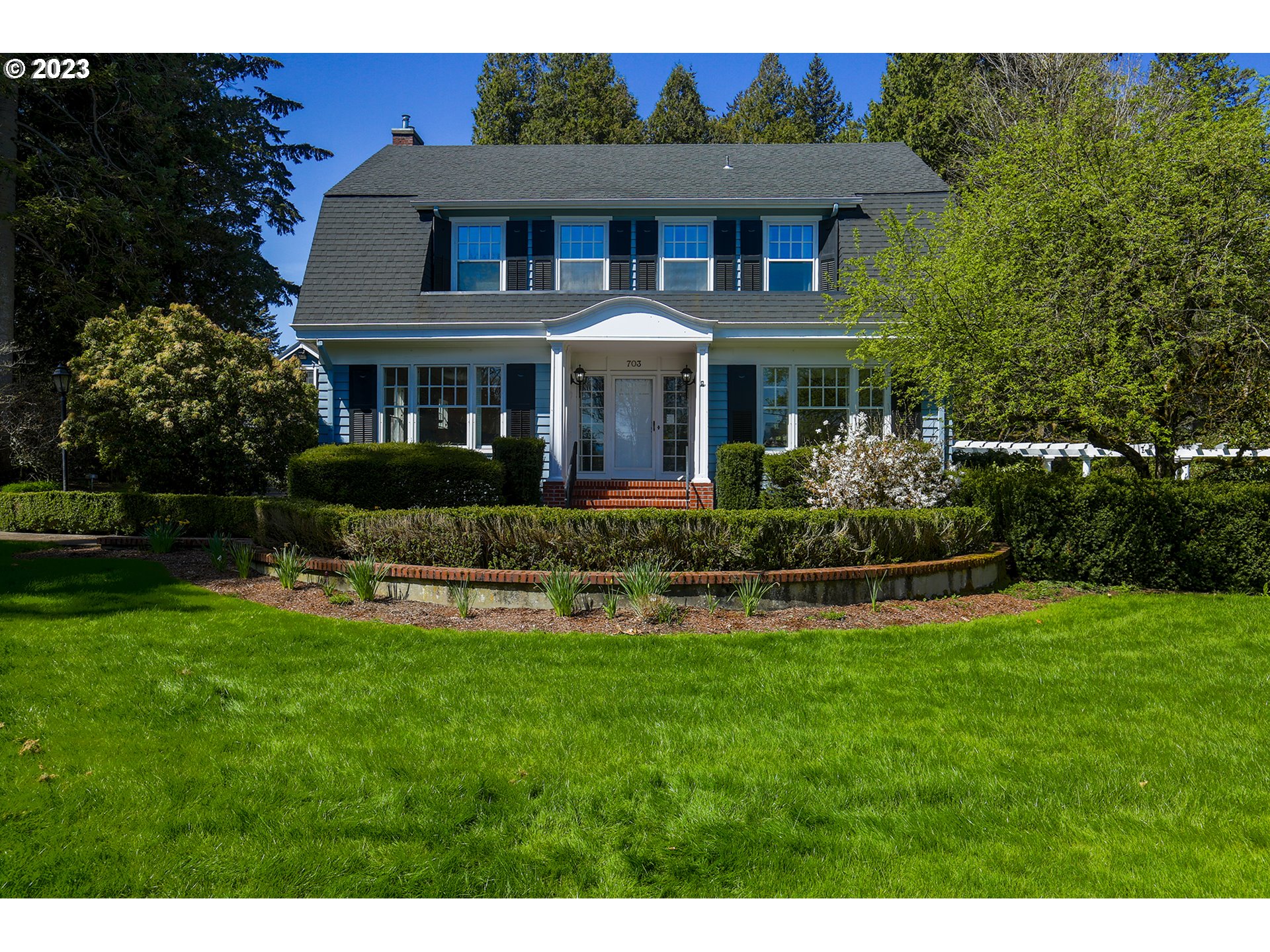“Any material, any idea without hindrance born into space, I consider sculpture.”
Referred to in my blog on Herman Miller, we know Isamu Noguchi as a keystone creator in a movement that brought high-quality midcentury design to the masses. But in a story that took Noguchi around the world, through strategic ages of human history and through periods of extreme personal hardship, Noguchi—much like his philosophy on art—refuses to be pigeonholed.
Isamu Noguchi was born in 1904 in the city of Los Angeles, but until the age of 13, he was raised in Japan. His family returned to America in his teen years where he remained until college. He entered higher education, intending to persue medicine but his love for sculpture was born in night classes taken under the tutelage of Onorio Ruotolo. To pursue his passion, he dropped out of college and flew to Paris to partake in a fellowship under the instruction of John Simon Guggenheim from 1927-1929.
Noguchi was deeply inspired by Romanian sculpture Constantin Brancusi, in whose studio he worked and who became his long-time mentor. From Brancusi he learned to infuse reductive elements into his work—modernism infused with abstraction, finished with a particular emotional expressiveness and a sense of mystery. Isamu never limited himself to a specific discipline, medium or style, often collaborating with dancer/choreographer Martha Graham, among others, and composer John Cage.

Play Sculpture, 1975. Photo Sourced from Rob Corder (CC) Flickr
Within the United States, he wasn’t highly known until 1938 when his work was commissioned for the Rockefeller Center Associated Press building. This large sculpture, titled “News” depicts five newsmen getting the scoop through traditional, analog methods: camera, teletype machine, via telephone, and pen and paper (pictured below). This piece, embodying the freedom of the press, was Noguchi’s first architectural commission, and one of the few figurative pieces he ever made. This piece has since been called the hallmark of American Art Deco. This piece was the first of many to celebrate public works and spaces.

Coffee table, 1959. Photo via Flickr by lartnouveauenfrance








